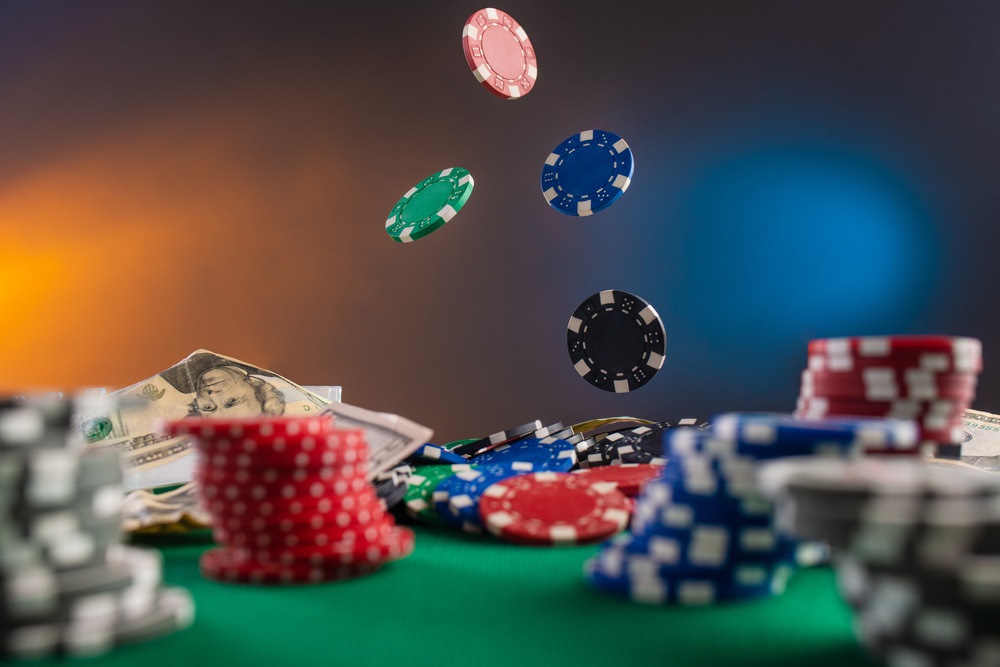
What are the odds? Love and probability in online slots explained
Belying slots’ simplistic lever-pulling premise, players pit fortune against elaborate mathematically calculated programming determining outcomes down to the fraction. Probabilities intertwine with random number-generating algorithms, symbol distribution, wager sizes, jackpot frequency, and return-to-player rates governing each machine’s profitable edge called “house advantage”.
Slot probability basics
RNGs are programs that produce automated probabilistic results for slots online. Regulators vet the rigidity of RNG testing ensuring impartial results. This software references vast symbol maps to align randomly triggered stops into either payouts or “near misses” just shy of paying combinations. Wager sizes then determine jackpot frequency by multiplying fixed jackpot values by bet size. A $.25 slot boasting a $5000 top prize replicates the same 1 in 20 million maximum odds landing the combination yielding said amount proportionately regardless of total เว็บใหม่มาแรง bet size. Although players choose larger bets less frequently, they still have multiple returns.
Volatility rates also steer probability applying to the likelihood of winning and losing spins manifesting close together or widely fluctuant positive/negative results. High volatility slots see concentrated upper and lower extremes while low volatility slots provide steadier moderate payouts through compressed probability ranges – just under maximums yet safely above minimums. Each game-published RTP percentage expresses the programmed payback rate governing aggregate payouts to players over billions of spins. 93% RTP means for every $1.00 wagered, $0.93 will return over time so the house advantages 7%. Progressive jackpots get added atop base game RTP rates for products like Mega Moolah (88% + jackpot).
How game math drives outcomes?
RNGs trigger reel results referencing symbols’ weighted distribution setting abundancy and patterns. Cherries often prove coded 10x higher probability than bars. This deliberate mathematical blueprint ensures affordable player return rates that sustain gambling activity despite long-term losses. Further game design tricks influence behavior through perception. “Near miss” spins landing jackpot symbols adjacent paylines provoke frustration enticing players to chase losses against growing odds through a concept psychologists call ‘residue’. Celebratory display animations upon wins likewise train players through stimulus prompting continued engagement.
Odds manipulation in action
Let’s examine how adjusted probability through game math manifests using a simplified single payline slot with the following symbol distribution:
- 7 Wins – 5%
- Bars – 25%
- Cherries – 50%
- Blanks – 20%
This program cherries showing up twice as often as any symbol with players winning 1/5 spins on average. If the jackpot combination pays 50 coins for a $1 bet, betting $5 would scale the expected value to 250 coins though win odds remain just 5%. Manipulating wager sizes influences proportional payout magnitudes if won. Now if we program 7 symbols that appear consecutively as ‘near miss’ 1% of the time, this further incentivizes play without increasing actual win occurrence assuming random distribution. Such deliberate design choices compound millions of spins favoring the house. While short-term results rely on fate, programmed probability governs all in due time.
